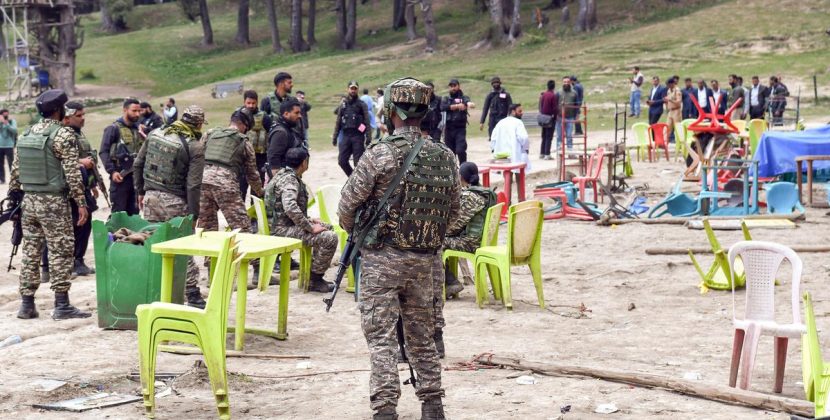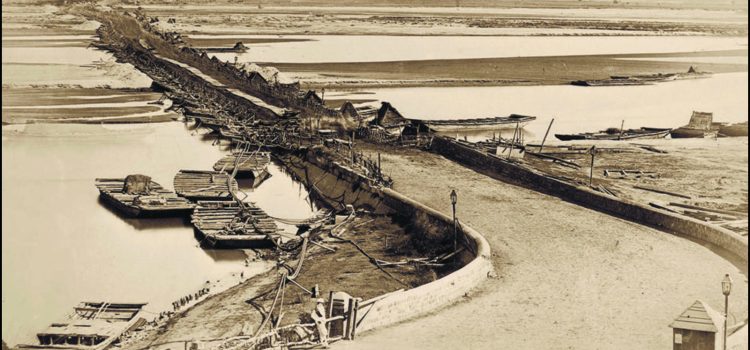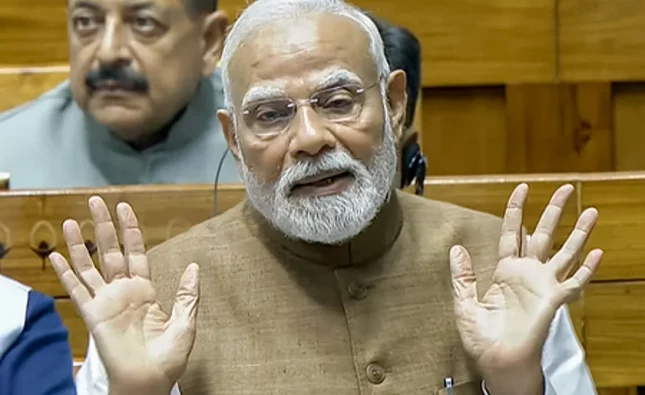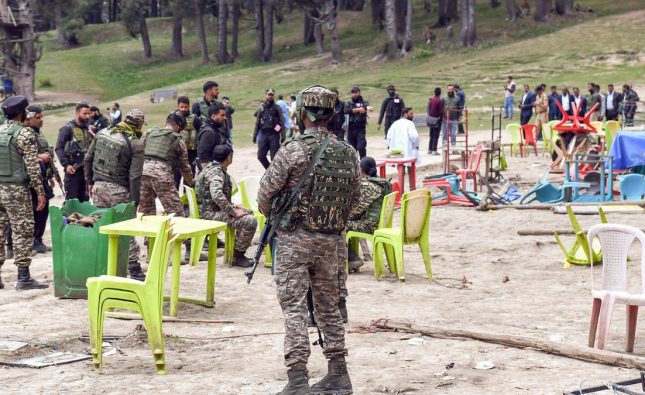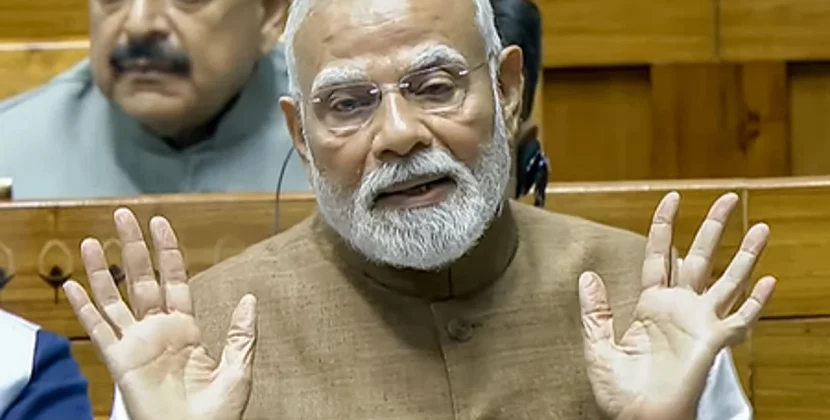
Long before celebrated Urdu poet Mirza Ghalib made Ballimaran his home, the locality in Chandni Chowk was inhabited by families of men who used tall bamboo poles called “balli” to row boats in Nahar-e-Faiz, which was a canal built by Mughal emperor Shahjahan in a bid to bring Yamuna waters into the city of Shahjahanabad. It is believed that since “balli maarne waale (those who use bamboo poles)” lived here, the area, which is now a busy wholesale market, got its name – Ballimaran.
Such is the relationship of the river with the city that even when it has disappeared, turned filthy black, become a victim of political slugfest and unfulfilled electoral promises, it remains an integral part of the city, its people and its lexicon.
Over the past week, this series by HT has traced the tragic transformation of the Yamuna as it flows through Delhi. In just 50km, the river journeys from a pristine Himalayan marvel to a lifeless, toxic canal. Despite grand promises and ambitious plans by successive governments and agencies, the Yamuna remains on life support—a shadow of its former self, choked by neglect and pollution. It is a river in name only, its waters now a grim testament to human apathy.
The concluding part of this series looks at how, for Delhi, the Yamuna has always been more than just a river. It is the city’s lifeblood, woven into its history, geography, culture, and even language. It has witnessed empires rise and fall, nurtured civilizations, and inspired poets and artists for centuries.
Two years ago, on a June morning, the city woke up to the river swelling and reclaiming its old course as it flowed alongside the Red Fort, as it did when Shahjahan built it in mid-17th century. Many of Delhi’s great cities were built next to the Yamuna – in the 14th century, Firozabad was built by Firoz Shah Tughlaq (only Kotla remains), in the 16th century, Mughal ruler Humayun founded Din Panah (only Purana Qila remains), and then in the 17th century Mughal ruler Shajahan built Shahjahanabad.
“The most important reason why cities needed to be built near the Yamuna was because it was a major artery for transportation. In the era before railways, bulky goods were transported via the river. Secondly, it was used for bathing… The river was an important part of the daily routine of the people. People used to fish, there were swimming competitions even though that was quite dangerous due to the presence of crocodiles! The sandy bank of the river was a social place – there were fairs, elephant fights, kite flying competitions. The area where the Red Fort parking is nowadays is where fishermen used to sell their catch,” said historian and author Dr Swapna Liddle. She said that by the 19th century, the river had started to change its course a little.
There’s also Yamuna Bazar, which is the area comprising 32 old ghats of Yamuna abutting the Nigambodh ghat and their surroundings. Here, there are temples, dharamshalas, cow shelters, homes of priests as well as illegal slums. Locals say that the area started developing towards the second half of the 19th century.
Sunil Sharma, a priest and treasurer of the Yamuna Ghat Panda association, said: “Our ancestors were earlier based near Red Fort when the river flowed right next to the fort. Over centuries, the river gradually shifted course and so did we. The original cremation ground used to be situated near Marghat Wale Baba Hanuman temple which also derives its name from the crematorium and this entire area is called Nigambodh shetra (region),” Sharma said.
He added that the ghats, as they exist now, were rebuilt in 1902 and then again in 1932 under British colonial period and other additions have come up. Sharma said that the oldest temple in the area is Neeli Chhatri temple. Myth is that the temple dates back its origin to the Panadavas.
Even the choice of the British to build the Capital on Raisina Hills was in part decided due to the river – but this time, its absence from the area was the main reason. Manu Bhatnagar, principal director of the natural heritage division at the Indian National Trust for Cultural Heritage (Intach) said that when the British began planning Delhi as the Capital, a site was selected north of Shahjahanabad where the Coronation Memorial was held in 1912, but floods struck the same year which discouraged the British and Lutyens Delhi was built on Raisina Hills instead.
In a chapter on the river and city by Bhatnagar in Narratives of the Environment of Delhi: A Ramble in the Archives and Reminiscences, edited by Meenkshi Dhawale, and published by Intach in 2010, he wrote, “The floods submerged the intended site creating in its wake marshes and pools of stagnant water, which bred mosquitoes.”
Liddle said that the British did want a riverside setting while setting up the Capital in Delhi. “They considered doing some sort of engineering which will bring the river back to its old course… They wanted some sort of waterfront, stretching all the way from the old city of Shahjahanabad to New Delhi but it was a very expensive proposition, and they dropped it.”
And then there is Trans-Yamuna (or the colloquial term for it: Jamna paar) which comprises the eastern and northeastern districts of Delhi – a land where auto drivers routinely refuse to ferry passengers to, where the sordid world of OTT series Pataal Lok is set, and whose inhabitants (including the writer herself) are often reminded of being born on the “wrong side of the Yamuna”. Delhi’s many cities have historically been settled on the western side of the river, while east and northeast Delhi are on the eastern banks.
AK Jain, former commissioner (planning) of Delhi Development Authority (DDA), said that in 1962 when the Delhi master plan was notified, the term “Trans-Yamuna” was used officially for the first time. “Before this, the area was known as Shahdara. These were low-lying areas, which gradually began to be populated. In Lahore too, there’s an area named after river Ravi that flows through the city, called Trans-Ravi. Even that is known as Shahdara,” said Jain.
As refugees from western Pakistan poured into Delhi after the 1947 Partition, resettlement colonies sprung up in Trans-Yamuna – Krishna Nagar, Gandhi Nagar and Preet Vihar. The next influx of people took place in 1975, post Emergency, when colonies such as Trilokpuri and Welcome were established, while the apartment complexes for India’s newly minted middle-class started burgeoning in marshy Patparganj in the 1980s.
Bhatnagar said that till as late as 1971, ferries operated on the Yamuna. In a chapter on the river and city in the aforementioned Narratives of the Environment of Delhi, he wrote: “The ferry boats at Wazirabad transported villagers and their merchandise throughout the year… The public ferry at Sungrarpur helped movement of villagers not merely of the neighbouring villages but also of Uttar Pradesh.”
The book mentions how a “dramatic change” is noticed by the Gazetteer of 1976 “…as a waterway the river has ceased to be of any consequence”. Bhatnagar said that sailing, however, remained a favourite pastime of the city. “At the Okhla sailing club, there were 35-40 boats… The club used to host regattas too.” He mentioned that Delhi University colleges such as St Stephens and Hindu had their own boat clubs and how some students would row a boat from Wazirabad to Qudsia Bagh or all the way to Okhla.
At the time, he said, there were at least 65 varieties of fish in the Yamuna and now there are barely four. On being asked about the city’s current relationship with the city, Bhatnagar asked what the city would look like if there was no Yamuna. “The city has been shaped by the river… So much wouldn’t be there if the river wasn’t here. Will there be a Jamna paar, for instance? The Yamuna now is the backyard of the city. Direct dependence on it has gone down, no one travels by boat anymore, and it is out of sight, out of mind because of the design of our bridges – they don’t let you see the river. There are no new memories, just old archives… Ab nadi ki taraf koi dekhta hi nahi hai lekin woh abhi bhi yahi hai (No one looks at the river anymore but it’s still here),” said Bhatnagar.
In Percival Spear’s 1943 book Delhi: Its Monuments and History, which has been updated and annotated by historian Narayani Gupta and author Laura Sykes, the latter mentions an old Hindi proverb that sums up the city’s relationship with the river and its rulers – the three things necessary to build a city are daria, badal, badshah (river, rainclouds, and ruler). And once upon a time, there was no river more suitable than the beloved Yamuna to build a city next to.

